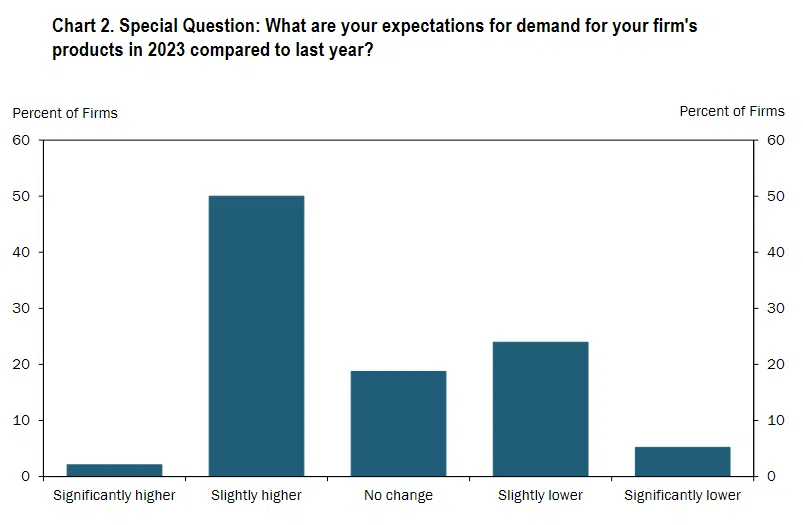Are Hawkish Clouds Hovering Over Silver?
While sentiment is strong, the fundamentals continue to weaken.
While the long-term outlook for gold, silver and mining stocks remains bright, the medium term is fraught with peril. For example, the crowd has priced in an unrealistic fundamental environment, which assumes that rate cuts, sharply lower inflation and strong corporate earnings will all come to fruition. In reality, though, these developments cannot all occur simultaneously.
So, while corporate earnings may remain uplifted due to resilient demand, that same demand is bullish for inflation and higher interest rates. On Jan. 24, Walmart announced that it will increase its minimum wage by as much as $2, which translates to percentage increases as high as 12% to 17%.
Please see below:

Moreover, while the crowd ignores the ramifications for output inflation, Walmart is the largest employer in the U.S. As a result, its actions are material, and the implications are profoundly hawkish.
Please see below:

Furthermore, while headline inflation decelerated recently – due to lower oil & gas prices – the slowdown increased real earnings, as wage growth outperformed price growth. In the process, Americans’ spending power increased, which was already buoyed by record-high household checkable deposits.
Please see below:

To explain, real average hourly earnings remain negative on a year-over-year (YoY) basis. However, the black bars above show how month-over-month (MoM) growth has been positive recently, which should only spur further demand.
On top of that, while investors’ celebrated the decline in energy prices, we warned that broad-based inflation continues to increase; and with wage growth a significant component, more drama should be on the horizon.
Please see below:

To explain, the dark blue line above tracks the YoY percentage change in the Employment Cost Index (ECI) for hospital workers, while the light blue line above tracks the YoY percentage change in the Personal Consumption Expenditures (PCE) Index hospital price index.
If you analyze the relationship, you can see that higher wages often result in higher inflation; and with the dark blue line on the right side of the chart increasing materially in recent quarters, the light blue line should follow suit in the months ahead. Consequently, interest rates need to rise further to create the demand destruction necessary to curb inflation.
Speaking of which, the Kansas City Fed released its Tenth District Manufacturing Activity Survey on Jan. 26. The headline index increased from -4 in December to -1 in January, and this month’s “special questions” revealed:
“In January, 52% of firms expected demand for their products to be higher in 2023 compared to last year, while 19% of firms expected no change in demand for their products, and 29% of firms expected demand for their products to be lower in 2023 compared to last year.”
Please see below:

To explain, roughly 65% of KC manufacturing firms expect demand for their products to match or exceed 2022 levels. Furthermore, some of the anecdotal responses read:
“Cost of goods (production inputs) remain extremely high and still going north. This idea that inflation is easing is not true - at least in our industry/segment. Profits taking hit despite price increases. Can't pass through all cost increases to customers - resulting in reduced margins on our side.”
“Our energy costs continue to accelerate at a double-digit pace. We continue to experience a shortage of truck drivers and double-digit inflation in truck driver wages. Driver turnover remains a problem as competitors seek to entice them to work for them with higher pay.”
So, while the consensus expects a smooth pathway to 2% inflation, the realities on the ground are much different. Therefore, we maintain our thesis that jumpy inflation should elicit volatility throughout 2023.
Overall, silver is perched near $24, as the misguided narrative has not changed. However, with the GDXJ ETF mirroring its mid-2021 and 2022 corrective upswings, the prior iterations ended with sharp drawdowns, and this one should be no different. Essentially, while the silver price is supported for now, we expect a much different outcome over the medium term.
Is inflation underestimated by the bulls? How will rising real incomes affect consumption? Will silver’s consolidation end with a breakout or a breakdown?
Alex Demolitor
Precious Metals Strategist